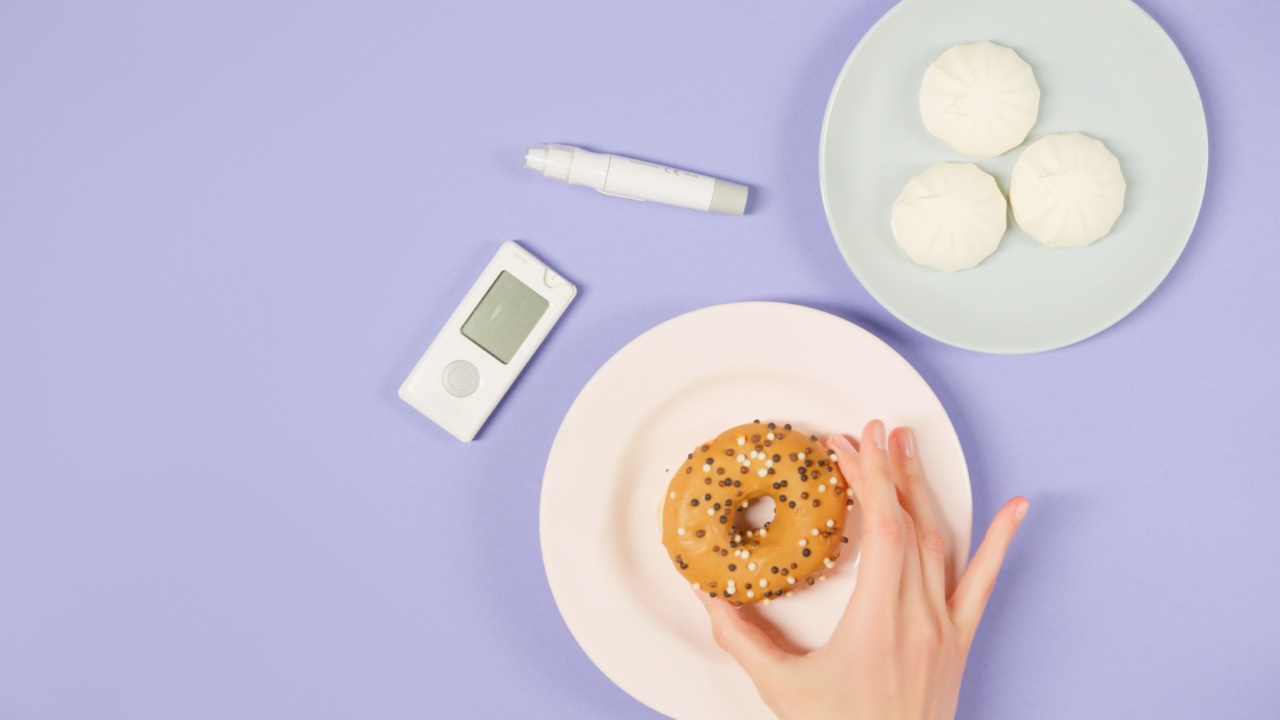Breakfast has long been hailed as the most important meal of the day, and for good reason. It kickstarts our metabolism, provides us with the necessary energy to tackle the day ahead, and sets the tone for our overall eating habits.
But did you know that the timing of your breakfast could play a significant role in preventing diabetes? Recent research has shed light on the impact of breakfast timing on blood sugar levels and insulin sensitivity, offering valuable insights for individuals looking to reduce their risk of developing this chronic disease.
The significance of breakfast in diabetes prevention
Studies have consistently shown a link between skipping breakfast and an increased risk of developing type 2 diabetes.
The morning meal acts as a crucial opportunity to replenish our body’s energy stores after an overnight fast, preventing a sudden drop in blood sugar levels that can lead to overeating and unhealthy food choices later in the day. A well-balanced breakfast that includes a mix of complex carbohydrates, protein, and healthy fats can help regulate blood sugar levels, improve insulin sensitivity, and reduce the risk of insulin resistance, a precursor to diabetes.
Optimal breakfast timing for diabetes prevention
While the importance of breakfast itself is widely recognized, emerging evidence suggests that the timing of this meal may also play a significant role in diabetes prevention.
The concept of “chrono-nutrition” or aligning our eating patterns with our body’s natural circadian rhythm has gained traction in recent years. Our body’s biological clock influences various physiological processes, including metabolism and glucose regulation.
Disrupting this delicate balance by consuming breakfast at irregular or late timings may have detrimental effects on our blood sugar levels.
A study published in the journal Diabetologia found that individuals who consumed their largest meal, including breakfast, earlier in the day had lower blood sugar levels and improved insulin sensitivity compared to those who ate their main meal later in the day. Another study conducted at the Harvard School of Public Health reported that men who skipped breakfast had a 21% higher risk of developing type 2 diabetes than those who ate breakfast regularly.
Establishing a consistent breakfast routine
To optimize the benefits of breakfast in diabetes prevention, it is essential to establish a consistent breakfast routine and prioritize eating this meal earlier in the day. Here are some tips to help you get started:.
1. Plan ahead and prepare
Preparing a healthy breakfast may seem challenging amidst the morning rush, but dedicating a few minutes the night before can make a significant difference.
Consider prepping overnight oats, vegetable-packed egg muffins, or chia seed puddings that can be easily grabbed and enjoyed in the morning without compromising on nutrition.
2. Keep it balanced
Aim to include a variety of food groups in your breakfast to ensure a well-rounded meal. Opt for whole grains, such as whole wheat toast or oatmeal, lean sources of protein like eggs or Greek yogurt, and healthy fats found in nuts, seeds, or avocados.
This combination will provide sustained energy and help regulate blood sugar levels throughout the day.
3. Don’t skip protein
Protein is an essential component of a healthy breakfast as it helps slow down the digestion of carbohydrates, preventing rapid spikes in blood sugar levels.
Be sure to include protein-rich foods like cottage cheese, nut butter, or smoked salmon to keep you feeling satiated and energized until your next meal.
4. Avoid sugary cereals and refined grains
While quick and convenient, many traditional breakfast cereals are loaded with added sugars and refined grains.
These can lead to rapid spikes in blood sugar levels and subsequent crashes, making it crucial to read nutrition labels and choose options that are lower in sugar and higher in fiber.
5. Listen to your body’s hunger cues
It’s important to eat breakfast when you’re genuinely hungry rather than mindlessly following a set schedule.
Pay attention to your body’s hunger cues and aim to consume your first meal within an hour or two of waking up, allowing your metabolism to kickstart and stabilize blood sugar levels.
Conclusion
Breakfast timing plays a significant role in preventing diabetes by regulating blood sugar levels, improving insulin sensitivity, and reducing the risk of insulin resistance.
By aligning our breakfast habits with our body’s natural circadian rhythm and establishing a consistent breakfast routine, we can maximize the benefits this meal offers in reducing the risk of developing type 2 diabetes. So, make it a priority to start your day with a balanced and nutritious breakfast to pave the way for a healthier future.





























